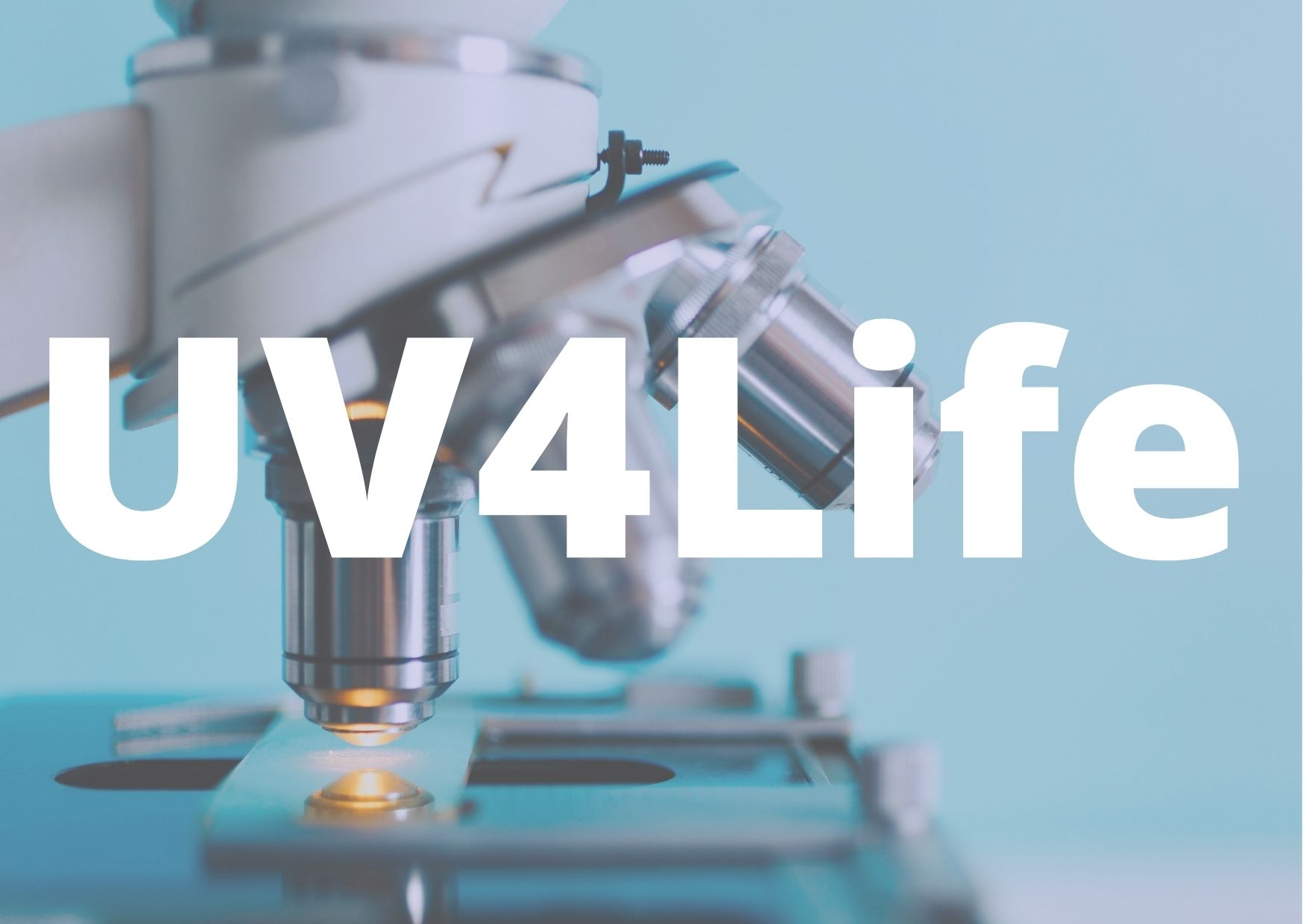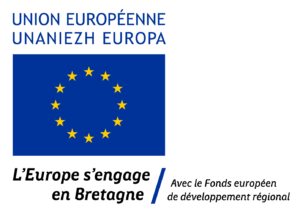R&d collaborative UV4LIFE Project
Medicine is looking for rapid and minimally invasive diagnostic methods, particularly for infections, tumor and metabolic pathologies. Raman spectroscopy, recently tested on these diseases, seems very


Background
Medicine is looking for rapid and minimally invasive diagnostic methods, particularly for infections, tumor and metabolic pathologies. Raman spectroscopy, recently tested on these diseases, seems very promisingFollowing experiments in INSERM laboratories, it appears that an excitation wavelength in the visible is more efficient than in the near infrared.We propose to further lower the wavelength in the near UV and to evaluate the possible improvement in selectivity and sensitivity of the method. Beforehand, optical components (UV lasers and Bragg gratings) will be developed and the spectrometer will have to be adapted to the UV. The components and the UV Raman spectrometer developed in this project also have many other potential applications (2D materials for batteries, ink analysis, excitation of UV fluorophores for cytometry and microscopy, …).
Project objectives
Today, Raman spectrometers have become more compact and stable thanks to the replacement of gas lasers by solid-state lasers (at 532 nm, 640 nm and 785 nm). Unfortunately, the fourth most used wavelength (325 nm in the near UV) is provided by a Helium-Cadmium (HeCd) gas laser, 200 times larger and 20 times more energy consumer than solid-state lasers.
This does not encourage the use of this wavelength in the laboratory, and prohibits its future use in a medical instrument.
The first objective of this project is to develop solid-state lasers in the near UV: one at 320 nm as a direct replacement for the HeCd laser and the other at 375 nm based on diode. This will allow medical research to use this wavelength in a Raman spectrometer. This is the second objective. The third objective is to analyze cancer cells and bacteria with this new tool and to derive detection and identification procedures.
Funders
Oxxius participation in the UV4LIFE R&D project receives financial support from the Brittany Region, Lannion-Tregor Communauté and the European Union’s ERDF fund. To learn more about European funding, follow this link
Actors of the project
The Foton Institute (SP/PLA Group – CNRS) is in charge of the spectral refinement of the laser diode emitting at 375nm.iXblue Photonics works on the development and fabrication of the Bragg gratings needed for the project.
The CIMIAD team (UMR 1241 of the Institut Numécan (Inserm) is in charge of the UV Raman analyses on different biological samples.
Oxxius develops the single frequency laser emitting at 320nm, and suports the adaptation of the UV Raman spectrometer. Oxxius is also the lead of UV4life project.

Contact : Julien Rouvillain (Project Manager at OXXIUS) jrouvillain@oxxius.com
